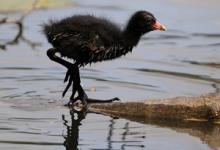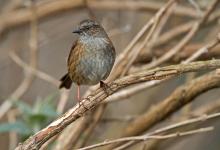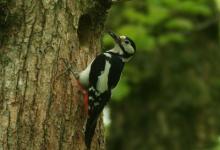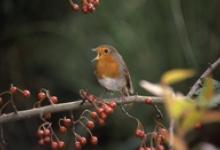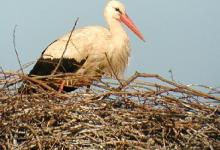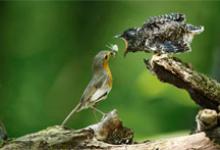Distinctive feet a feature of Ireland's wide-ranging Moorhen
The Moorhen - Gallinula chloropus in its Latin nomenclature or "Cearc uisce" in Irish - is a bird with large feet and an even larger presence in Ireland and abroad. By Niall Hatch.
A common sight on ponds, canals, lakes and slow-flowing streams, the Moorhen is found throughout Ireland. It belongs to the rail and crake family, though unlike most members of that group, such as the now-scarce Corncrake, it is not a particularly shy or secretive bird, often coming out into the open and permitting close approach by humans.

